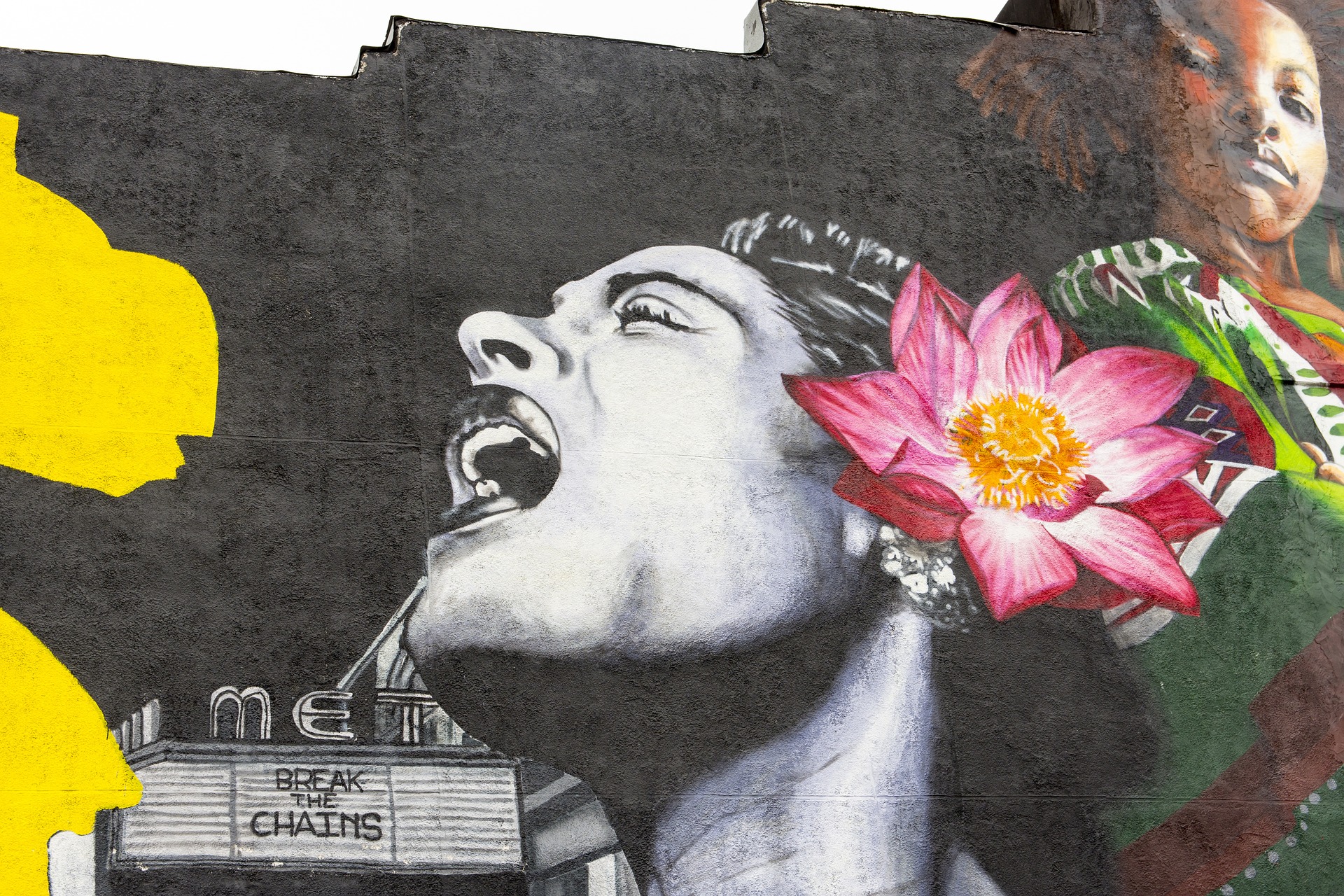
(Photo: Pixabay)
I’m in the process of buying a house in the Station North Arts and Entertainment District of Baltimore. Here’s what the listing has to say about my house: “This modern rehab is close to everything Station North Arts and Entertainment District has to offer. Walk to restaurants, Charles Theater, various entertainment venues, coffee shops — it is all here.”
Baltimore’s arts scene was a major reason I moved to Baltimore, and a major reason for choosing the Station North neighborhood. But while my listing talked up the arts, it said nothing about the artists.
Artists have certainly left their mark on Station North, and my partner and I certainly look forward to patronizing the businesses they run. But the organically developed communal live-work spaces that play such a vital role in helping make Baltimore an arts mecca are an endangered species.
In fact, there’s another listing down the street that’s a little out of my price range: the Bell Foundry, for sale for $1 million.
You may remember the Bell Foundry from last winter, when its tenants were suddenly evicted by the city in the wake of a tragic fire in an Oakland, Calif., live-work warehouse that killed 29 people. More than one Bell Foundry tenant subsequently became homeless, joining the 7,500 other Baltimoreans evicted in 2016 — one in 17 renter households.